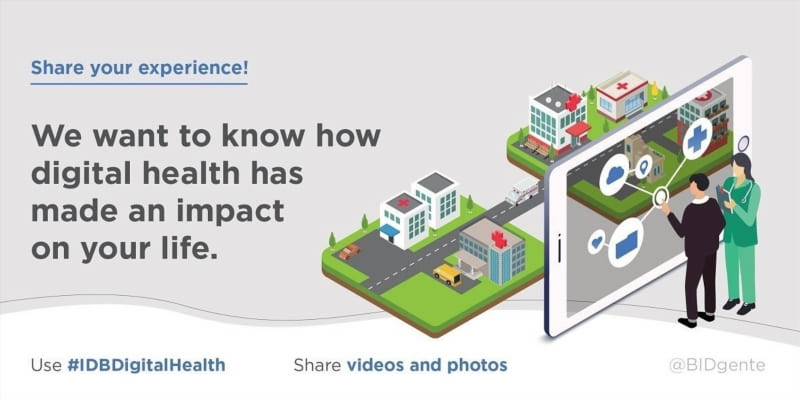When the bell rings and students pour out of the school, conversations, teasing, and laughter don’t just end there. They seep into our digital realm. While bullying was once limited to schoolyards, it has now found a sinister companion in cyberbullying. The University of British Columbia (UBC) recently unveiled a study that delineates the differences and nuances between traditional bullying and its digital counterpart. And, mate, the differences might just surprise you.
1. Evolution of Bullying: From Physical to Digital
Back in the day, bullying was a face-to-face encounter. The perpetrators and victims were usually from the same school, locality, or social group.
-
Traditional Bullying: This involves physical harm, verbal taunts, and direct confrontations. It’s as old as time, and most of us have either witnessed it, been a victim of it, or heard tales from older generations.
-
Cyberbullying: Welcome to the 21st century, where bullying can be done remotely, often anonymously, and can reach a victim anytime, anywhere. It uses digital devices like smartphones, computers, and tablets. A single hurtful message can go viral in seconds, and alas, once it’s out there, it’s near impossible to pull back.
2. The Impact: Does Digital Hurt More?

You’d think physical bullying would pack more of a punch, right? But here’s the kicker, cyberbullying often leaves deeper emotional scars. Why, you ask?
-
Anonymity: The cloak of digital anonymity emboldens bullies. It’s often harder to pinpoint the source, making it tough to stop.
-
Ubiquity: Cyberbullying isn’t limited to a particular locale. A derogatory post can be seen by people worldwide, amplifying the victim’s humiliation.
-
Persistence: While physical bullying might cease after school hours, online taunts can continue round the clock.
3. Taking Action: Prevention and Intervention
“Forewarned is forearmed,” they say. Educating ourselves and youngsters is the first step.
-
Communication: Encourage open dialogue. If someone feels threatened or bullied, they should feel comfortable discussing it. Talking, after all, is a balm for most wounds.
-
Digital Footprint: Be aware of what’s posted online. A moment’s folly can turn into a lifetime of regret.
-
Report & Block: Utilize platform tools to report bullying and block perpetrators.
4. UBC’s Findings: The Highlights

According to UBC’s recent study, there are stark differences between traditional and cyberbullying.
-
Frequency: Traditional bullying still occurs more frequently, but cyberbullying’s reach is vast due to its online nature.
-
Demographics: Cyberbullying is more prevalent among girls, while boys often lean towards traditional forms. This might be due to the communication preferences of each gender.
-
Intervention: While bystanders might intervene in traditional bullying scenarios, digital platforms often lack this human touch, allowing cyberbullying to go unchecked.
5. The Way Forward: A Call to Arms

We stand at a crossroad. As technology becomes an even more integral part of our lives, the risk of cyberbullying grows exponentially. How do we navigate this brave new world?
-
Education: Schools, parents, and communities should prioritize digital literacy, emphasizing online etiquettes and responsibilities.
-
Empathy: Teach youngsters the age-old adage, “Treat others as you’d like to be treated.”
-
Policy Changes: Governments and institutions should establish clear rules and stringent penalties for cyberbullying.
Find out more from the UBC study here.
While the times may have changed, the essence of the message remains: bullying, in any form, is unacceptable. Whether it’s in a playground or behind a screen, let’s arm ourselves with knowledge and compassion to tackle it head-on. Because remember, every keyboard warrior can be a guardian angel in disguise.





